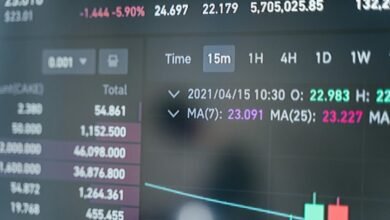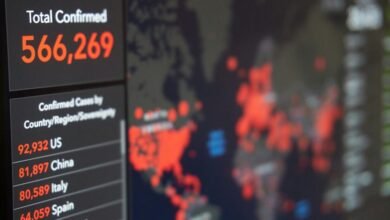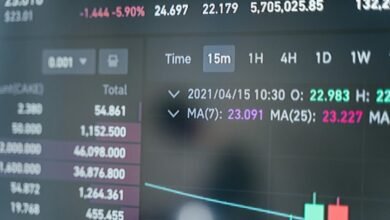2109869329 Mobile Call Breakdown: Tracing Call Origins

The analysis of the mobile call from 210-986-9329 reveals critical insights into its origins. The 210 area code specifically serves San Antonio, Texas, a region characterized by diverse demographics. Understanding the implications of this area code can aid in identifying the nature of the call. Furthermore, utilizing reverse phone lookup services can enhance personal security. However, the question remains: how can individuals better protect themselves from potential spam or scam calls originating from such numbers?
Understanding Caller ID and Phone Number Formats
How do different regions influence the appearance of caller ID information?
Variations in phone number formats across regions significantly affect caller identification. For instance, international standards dictate specific structures, while local conventions may alter numeric presentation.
These discrepancies can confuse recipients, impacting their ability to discern legitimate calls. Understanding these regional influences is essential for navigating telecommunication in a globalized landscape, promoting informed decision-making.
Analyzing the Area Code: What 210 Reveals
The area code 210 serves as a significant identifier within the North American Numbering Plan, specifically designating a region in Texas, including San Antonio and its surrounding areas.
The area code’s significance extends beyond mere identification; it reflects regional demographics, showcasing a diverse population with varying socioeconomic backgrounds.
Understanding these aspects is crucial for analyzing communication patterns and regional connectivity within this geographic locale.
Tools and Resources for Tracing Call Origins
While many individuals may receive calls from unknown numbers, utilizing specific tools and resources can aid in tracing the origins of these calls.
Reverse phone lookup services and online directories are invaluable for identifying callers. These platforms aggregate data from various sources, empowering users to gain insights into the caller’s identity and location, thus enhancing personal security and informed decision-making regarding incoming communications.
Recognizing Spam and Scam Calls: Tips for Protection
Identifying spam and scam calls is increasingly important in an era where phone communication is often exploited by malicious actors.
Effective spam detection techniques involve recognizing patterns in caller IDs and analyzing call origins.
Utilizing advanced call blocking systems can prevent unwanted interactions, enhancing user autonomy.
Conclusion
In conclusion, understanding the nuances of caller ID and area codes, like 210, is imperative for navigating modern communication. With various tools available for tracing calls, individuals can enhance their security against unwanted intrusions. As potential spam and scam calls become increasingly sophisticated, one must ask: how much personal safety are we willing to risk by ignoring these warning signs? By remaining vigilant and informed, individuals can protect themselves in an ever-evolving telecommunications landscape.




